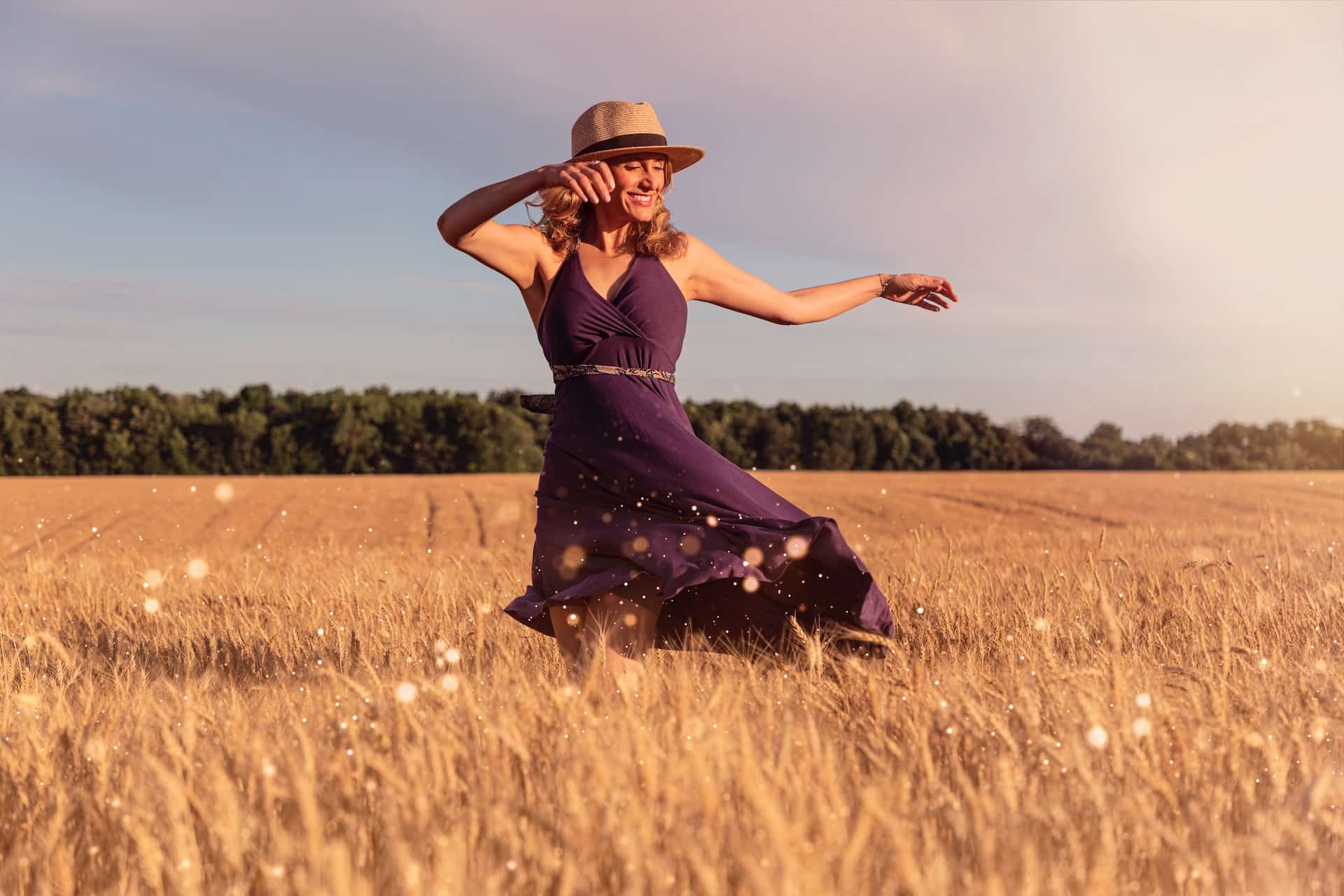
Dance therapy is a holistic treatment modality within the expressive arts that relies on the power of movement to bring healing, peace and well-being to body, mind and spirit. It is used effectively with a variety of ills, including substance abuse, to bring wholeness back into people’s lives.
Humans are born with the instinct, capacity and gift for dance. All cultures have dance of some form. Dance is about more than having fun, letting off steam, and expressing yourself amongst friends, though it can serve all of those purposes too. Dance is also a way of integrating somatically, taking experiences that are currently set aside in a separate stream of sensations, and giving these distinct energy packets a way to merge with the larger energy of your body.
Dance therapy, when used with intention and awareness, can be a great aid in addiction recovery for this reason, in addition to all of the benefits it provides in terms of simply releasing tensions from the physiology. For people in recovery, dance is a joyful, free, liberating practice. I recommend it to everyone!
Here are my tips for trying out dance therapy at home.
1. Free Dance
The most familiar way into using dance for your recovery will be to free dance, which as the name indicates, means consciously dedicating a time period to dance freely in whatever way comes most naturally to you. It’s important to remember that dance includes stillness and also that there is no right or wrong way to move. If you’re doing it at all, you’re doing it right.
Pick a long song or create a playlist of multiple songs so that you have about 20 minutes of continuous music. Set the intention that you will dance the whole entire time, remembering at the same time that stopping to rest and doing smaller, less effortful moves can also be part of the dance (you don’t have to always be at high energy).
2. Authentic Movement
Authentic movement is a meditative, mindfulness-based movement practice, which brings soothing and harmony into the body. Authentic movement is done without music. You begin and end in stillness, just taking a posture of stillness as a starting point.
Begin by waiting, unhurriedly, until an urge to move arises. When a movement wants to happen in you, allow it to. Follow the movement until it feels to have completed itself, that the urge to make that particular movement is complete. Repeat or evolve the movement for as long as it feels like it needs to be done, then go back to waiting.
Give yourself a time box, something like 12 minutes, and allow all that wants to happen authentically, to do so.
3. Dance What You Want
Dance What You Want is a powerful process for bringing joy, hope, and a sense of future to yourself. The frame is very simple – identify something you want and then dance the dance of that desired thing. For example, if you would like to experience more joy in your life, you would dedicate yourself to exploring a dance that responds to, plays within, and captures the feeling of joy. You would choose music that matches that feeling and let your body really get ahold of the experience from within. Manifestation will follow such a dance in some form or another!
4. Shadowdancing
Shadowdancing is the opposite of Dance What you Want. In Shadowdancing you deliberately allow yourself to go into the energy and feeling of something that’s bothering you. For example, if you’ve been struggling with feeling insecure at work, you would deliberately summon up that insecure feeling and then give yourself a chance to express it in movement. It’s important with shadowdancing not to force anything. You need to be quiet and receptive, sort of like in meditation, perhaps trying on the idea of letting yourself be danced, rather than you doing the dancing.
5. Dancing Transformations
In this frame you allow yourself to explore a process from the natural world, such as “the dance of the seed” – in which you might start out curled up like a seed lying on the ground, then slowly work through the stages of becoming a full tree. An alternative could be to do the dance of the butterfly, or any other aspect of nature (an ocean storm, for example), that has a lot of dynamics and in some way helps you access the experience of transformation and change, and the ways that energy systems move and change.
///
When you consciously dedicate a dance practice to your healing and recovery, you are engaging a deep and natural pathway to wellbeing and balance. This will help you get to where you want to go in a more grounded and embodied way. Getting fit and feeling the flow of endorphins are added boons. Have fun!

